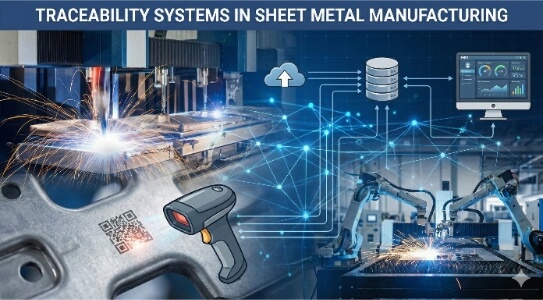Many teams struggle to find the proper methods to assemble metal parts. Poor assembly slows production, raises costs, and weakens quality. Engineers and buyers often face unclear options and confusing choices. Using the proper techniques improves strength, cuts time, and boosts consistency.
The best sheet metal assembly methods include welding, riveting, bolting, and clinching. Each method fits different needs. Some are best for strong joints, while others work well for speed or low cost. Choosing the right one depends on part design, load strength, material type, and production volume.
Each assembly method has strengths and limitations. Let’s review each one to help you choose what works best.
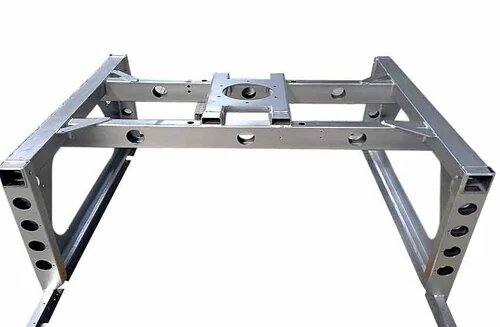
#1 Welding
Welding is one of the most common ways to join sheet metal parts. It uses high heat to melt the edges of two pieces. When the metal cools, it forms a solid joint.
This method creates strong, permanent connections. It works well for frames, enclosures, and load-bearing parts. Welding is often used in automotive, industrial, and structural applications.
There are different types of welding. MIG (Metal Inert Gas) welding is fast and suitable for thicker metals. TIG (Tungsten Inert Gas) welding offers more control and a cleaner finish. Spot welding is used for thin sheet metal, especially in high-volume production.
Welding works best on carbon steel, stainless steel, and aluminum. However, it requires clean surfaces and skilled workers. If not done properly, welding can also cause heat distortion.
Use welding when strength and long-term durability are top priorities. It’s not the best for parts that need to come apart later or need cosmetic precision without post-processing.
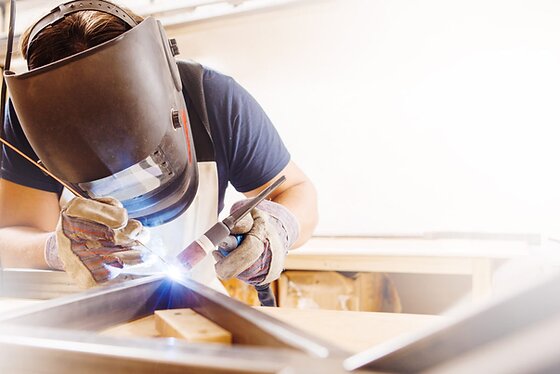
#2 Riveting
Riveting joins sheet metal parts using a metal pin or rivet. The rivet goes through holes in both parts. One end is then deformed to hold the pieces together tightly.
It creates a strong and semi-permanent joint. Riveting does not use heat, so it avoids warping or burning the material. This makes it ideal for thin sheets and delicate parts.
There are two main types. Solid rivets are strong but need access to both sides of the part. Blind rivets (or pop rivets) work from one side, which is useful when space is tight.
Riveting is popular in aerospace, electronics, and metal enclosures. It’s simple, fast, and cost-effective, and it works well with aluminum and other soft metals.
Use riveting when you need consistent strength and fast production. It’s not the best choice for very thick metal or parts that need disassembly later.
#3 Bolting
Bolting connects sheet metal parts using bolts, screws, and nuts. It’s a mechanical fastening method that allows easy removal and reassembly.
This method is strong and reliable. It works well for heavy-duty structures or parts that need maintenance or future adjustments. If bolts are tightened properly, they can handle high loads and resist vibration.
You’ll need holes in the parts and sometimes washers to spread the load. Threaded inserts or nuts are used when the metal is too thin to hold threads directly.
Bolting is often used in machinery, brackets, enclosures, and structural frames. It supports both thick and thin metal but may need precise hole alignment.
Choose bolting when you want a strong joint that’s also easy to take apart later. It’s not ideal for lightweight designs or where appearance is a high priority.
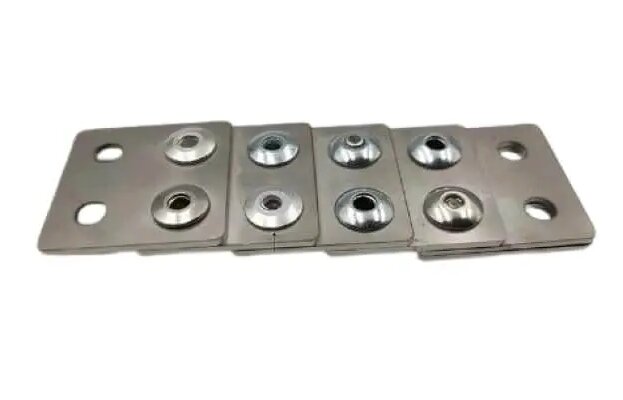
#4 Clinching
Clinching joins two metal sheets by pressing them together under high force. The tool deforms the sheets at the contact point, locking them without heat, screws, or rivets.
Clinching is a fast, clean method that doesn’t require extra parts or welding gas. It works well with coated or painted metals because it avoids damaging the surface with heat.
Clinching is best for thin-gauge steel or aluminum. It’s widely used in automotive panels, HVAC systems, and appliance frames. The joint is firm but not as strong as welded or bolted ones.
This method needs special tooling and equipment. It’s also limited to overlapping joints and non-structural parts.
Clinching is used when speed and cost are more important than extreme strength. It’s a good choice for high-volume production and clean, low-distortion results.
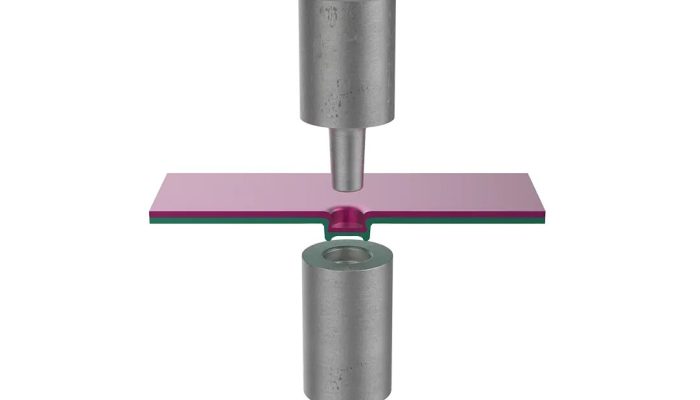
#5 Tab and Slot Assembly
The tab and slot assembly uses cut shapes in the metal—tabs on one part and matching slots on the other. The tabs fit into the slots to hold the parts in position before final joining.
This method helps with part alignment. It reduces the need for extra fixtures or jigs during welding, riveting, or other joining steps, speeds up the process, and improves accuracy.
Tab and slot features are usually made during laser cutting or punching. They are common in enclosures, brackets, and metal frames.
This method works best when parts are designed precisely. It’s not a final joining method on its own; it must be combined with welding, riveting, or adhesive bonding.
Use tab and slot assembly to simplify fit-up, improve repeatability, and reduce labor. It’s ideal for batch production and parts that need consistent alignment.
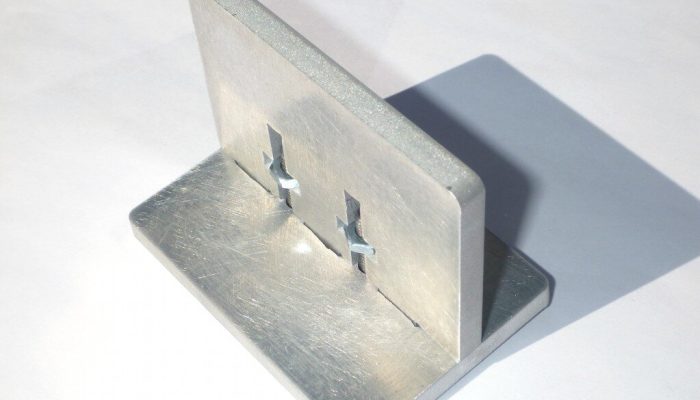
#6 Threaded Inserts
Threaded inserts are metal sleeves added to sheet metal to provide strong, reusable threads. They are used when the base metal is too thin to hold a thread.
These inserts are pressed, riveted, or sometimes welded into pre-drilled holes. Once installed, they allow screws or bolts to be fastened securely.
They’re commonly used in control panels, enclosures, and cases where components must be replaced. They work well in aluminum, stainless steel, and mild steel sheets.
Threaded inserts improve durability and prevent thread stripping. They also make assembly and maintenance easier.
Use them when you need a clean, strong, threaded connection in thin sheet metal. They add cost and require proper tools, but they are worth it for repeat-use parts.
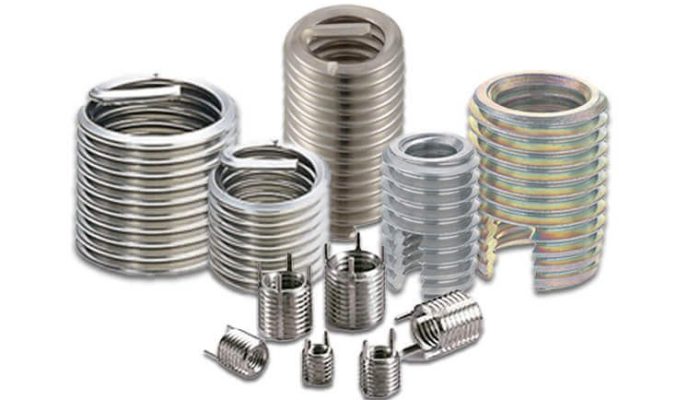
#7 Adhesive Bonding
Adhesive bonding uses glue or epoxy to join sheet metal parts. It forms a solid bond without heat, screws, or welding.
This method works well for mixed materials or surfaces that can’t be drilled or heated. It also spreads stress evenly across the joint, reducing weak spots.
Adhesives are used in electronics, automotive panels, and decorative parts. They give a clean look with no visible fasteners.
Surface preparation is key. Oils, dust, or rough surfaces can weaken the bond. Curing time may slow down production. Some adhesives also need controlled temperature or pressure during bonding.
Use adhesive bonding when it matters or when working with thin, coated, or non-metal parts. It’s not the best for high-heat or heavy-load applications.
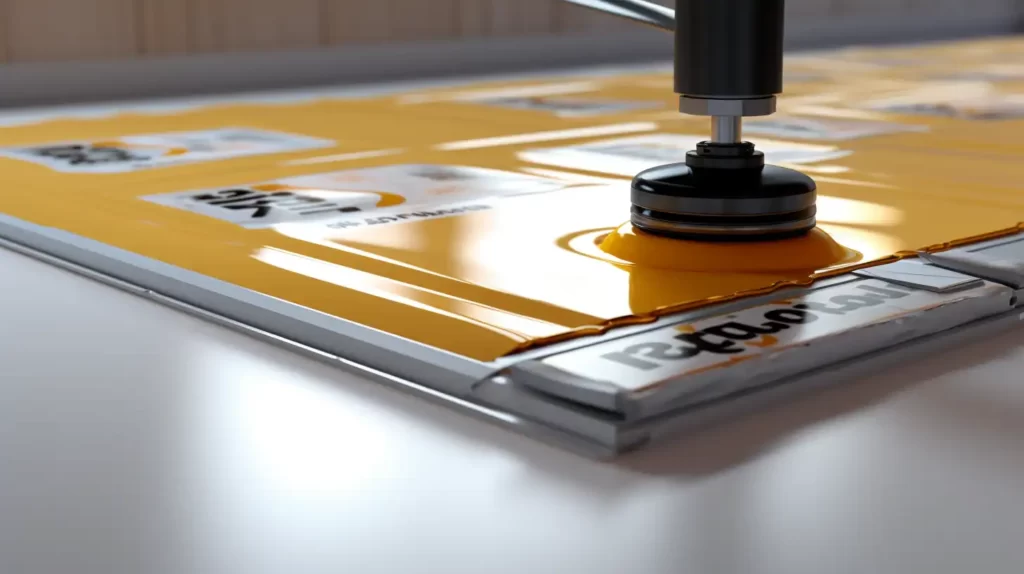
#8 Hemming
Hemming folds the edge of one sheet over another part. This locks them together and creates a smooth, safe edge.
It’s widely used in panels, doors, and enclosures. The folded edge adds strength and removes sharp edges that could cause injury or wear.
Hemming works best on thin sheets of steel or aluminum. For extra hold, it’s often combined with adhesives or spot welding.
The process needs accurate bending and clean edges to avoid cracks or wrinkles. Tooling must be precise, especially for tight bends.
Use hemming for clean edges and added strength in non-load-bearing parts. It’s ideal when safety, appearance, and fit are the focus.
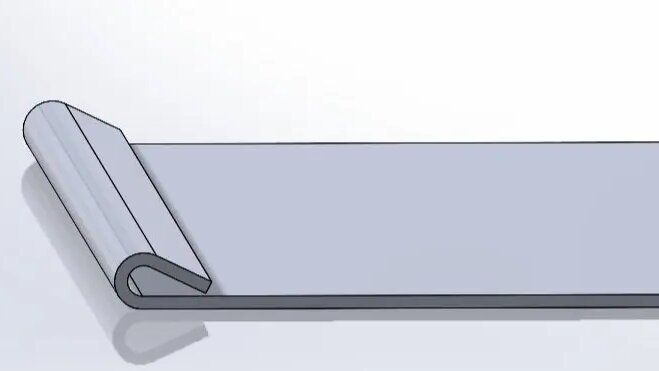
#9 Crimping
Crimping joins sheet metal by folding or deforming parts together using pressure. It locks the pieces without heat, glue, or extra hardware.
This method is quick and straightforward. It’s often used in HVAC ducts, cable trays, light fixtures, and metal housings.
Crimping works best on thin-gauge metal. It requires special tools but not skilled labor, and the joint is lightweight and low-cost.
It’s not as strong as welding or bolting. Crimped joints can loosen under high load or vibration.
Use crimping when you need a fast, low-cost solution for light-duty parts. It’s great for high-volume production with minimal setup.
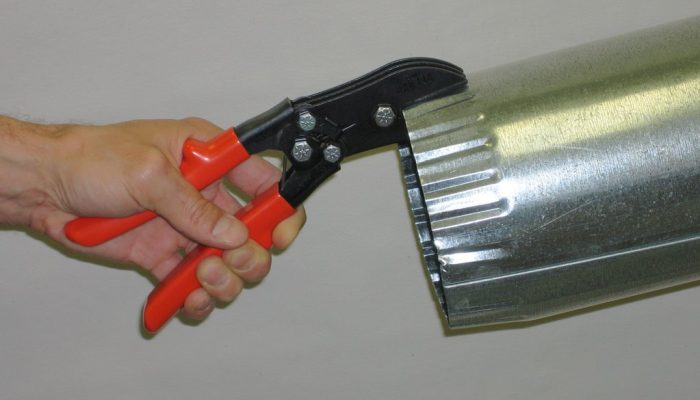
#10 Self-Clinching Fasteners
Self-clinching fasteners press into sheet metal to create strong threads or studs. Once installed, they become a permanent part of the metal.
They work by displacing the metal around them, locking them in place without welding or adhesives. Common types include nuts, studs, and standoffs.
These fasteners are widely used in enclosures, brackets, and electronic panels. They’re ideal for thin sheet metal that can’t hold threads directly.
Installation is quick and doesn’t damage the surface. A simple press is usually enough. However, for the base material to hold properly, it must be softer than the fastener.
Use self-clinching fasteners when you need strong, reusable threads in thin metal. They save time and reduce the need for extra parts or welding.
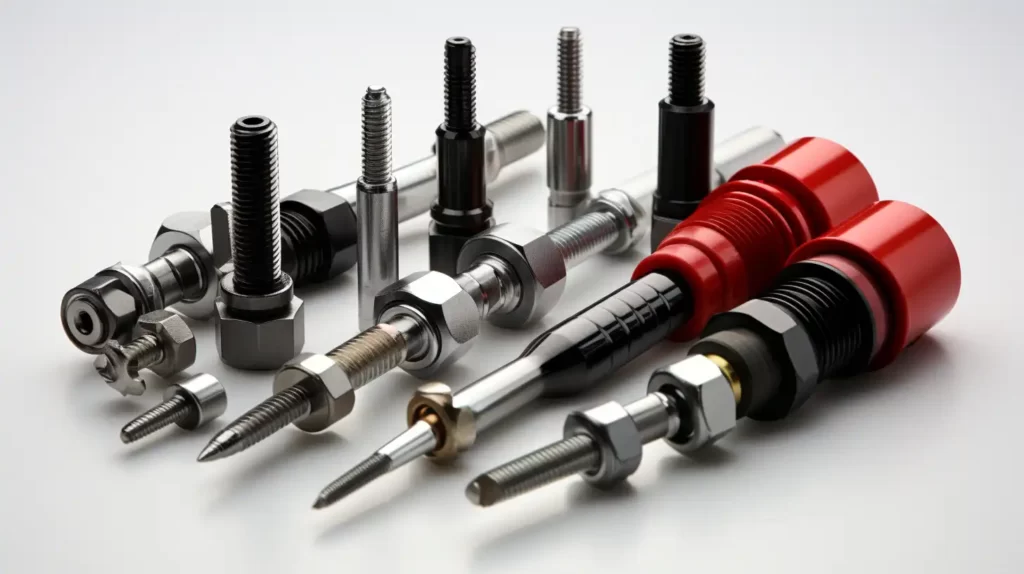
#11 Hinges
Hinges connect two metal parts and allow one part to rotate or swing. They are used indoors, with panels, covers, and access points.
There are many types—piano hinges, butt hinges, concealed hinges, and more. The choice depends on size, load, and movement range.
Hinges are usually attached by welding, riveting, or bolting. Some are designed to be surface-mounted, while others fit into cutouts for a flush finish.
They work best in enclosures, cabinets, and equipment that need regular opening and closing. Good hinge selection improves function, safety, and durability.
Use hinges when you need a reliable and long-lasting moving joint. Just ensure they’re aligned well and matched to the weight of the part they support.
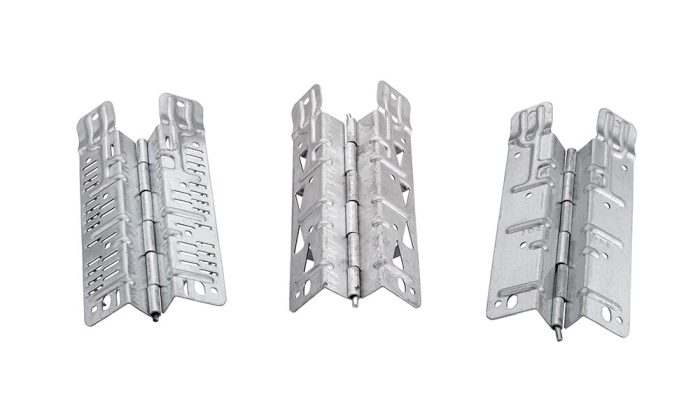
Conclusion
Sheet metal assembly includes a wide range of techniques, each serving a different purpose. Some offer strong, permanent joints, while others allow fast assembly or easy disassembly. The best choice depends on material type, part function, load strength, and production needs.
Need help choosing the correct sheet metal assembly method for your project? Contact us today—we’ll provide fast solutions and expert support for your next build.
Hey, I'm Kevin Lee

For the past 10 years, I’ve been immersed in various forms of sheet metal fabrication, sharing cool insights here from my experiences across diverse workshops.
Get in touch

Kevin Lee
I have over ten years of professional experience in sheet metal fabrication, specializing in laser cutting, bending, welding, and surface treatment techniques. As the Technical Director at Shengen, I am committed to solving complex manufacturing challenges and driving innovation and quality in each project.

